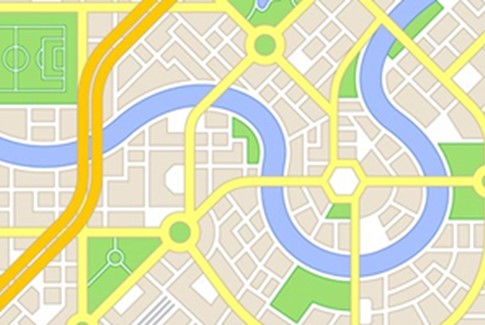Should timber cladding be flame retardant treated?
Depending on its situation, UK Building regulations may stipulate that timber cladding is protected with a suitable flame retardant product. This can be when a boundary falls within one metre of the edge of the building or where cladding is used on multi-story buildings. It is advisable to check with the Building Control Office for current legislation.
Visit the Government website to get a copy of Approved Document B and any relevant amendments on fire safety.
If a flame retardant treated timber is to be utilised, TDCA recommends using products that are applied in a controlled, factory process. It is also imperative to ensure:-
- the treatment is third-party approved, leach resistant and suitable for external use
- the treatment is compliant and is supported by a relevant, full classification report that identifies Euroclass rating specific to timber species and thickness being used
- the flame retardant is compatible with any subsequent products that are to be used e.g. coatings. Reputable suppliers offer to factory apply compatible coatings which means you are dealing with a single supplier if issues arise.
The is no requirement to treat cladding battens with a flame retardant under Building Regulations.
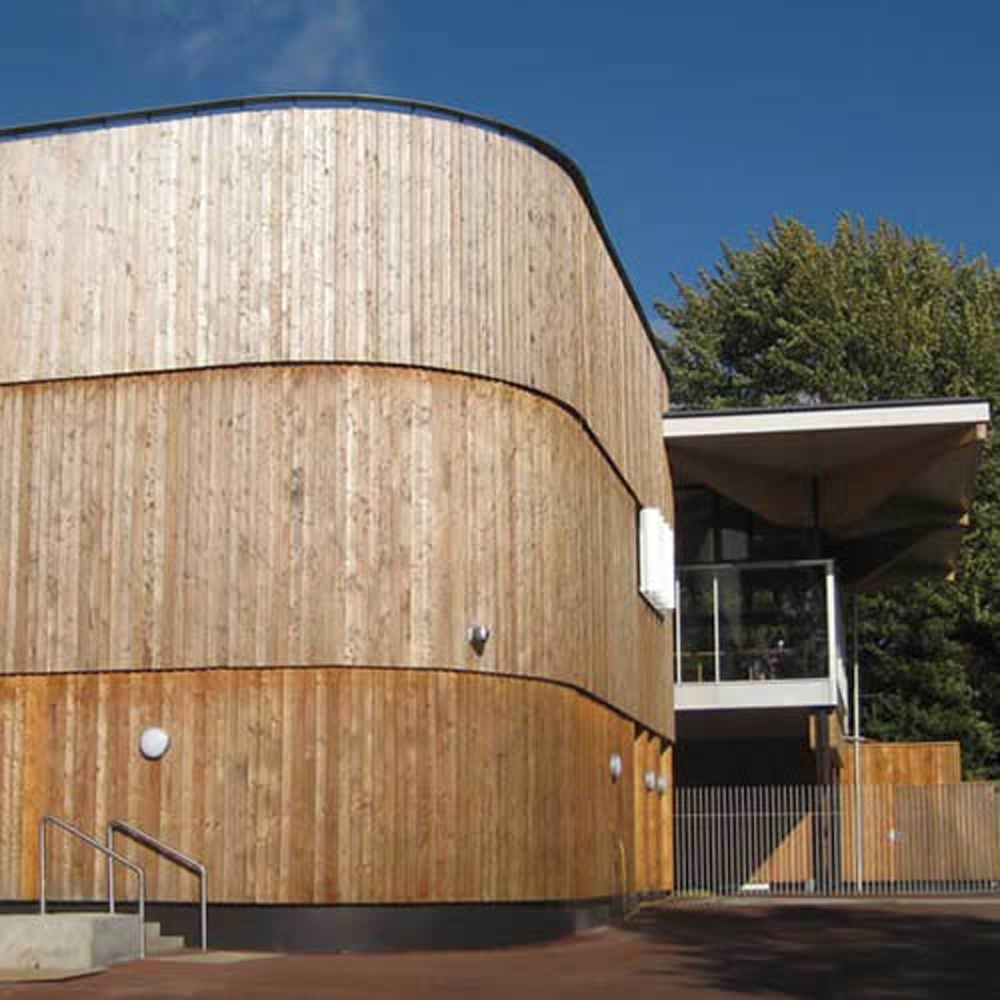
Multi-story buildings
In the wake of the Grenfell fire tragedy, the UK government has conducted a series of consultations into the use of different cladding materials on high rise buildings. The results of the latest of these, published in late June 2022, confirm that timber, where necessary enhanced with flame retardant, continues to be approved as a suitable material for external cladding and balconies on residential buildings, under Building Regulations, for BUILDINGS BELOW 11 METRES in England, Wales and in Scotland. These changes will come into force on 1 December 2022.
For non-residential (non 'RELEVANT') buildings, timber cladding can be used, normally with FR treatment, up to and beyond 18m.
Download the Guidance Note (below) for a summary of how current Regulations affect timber cladding.
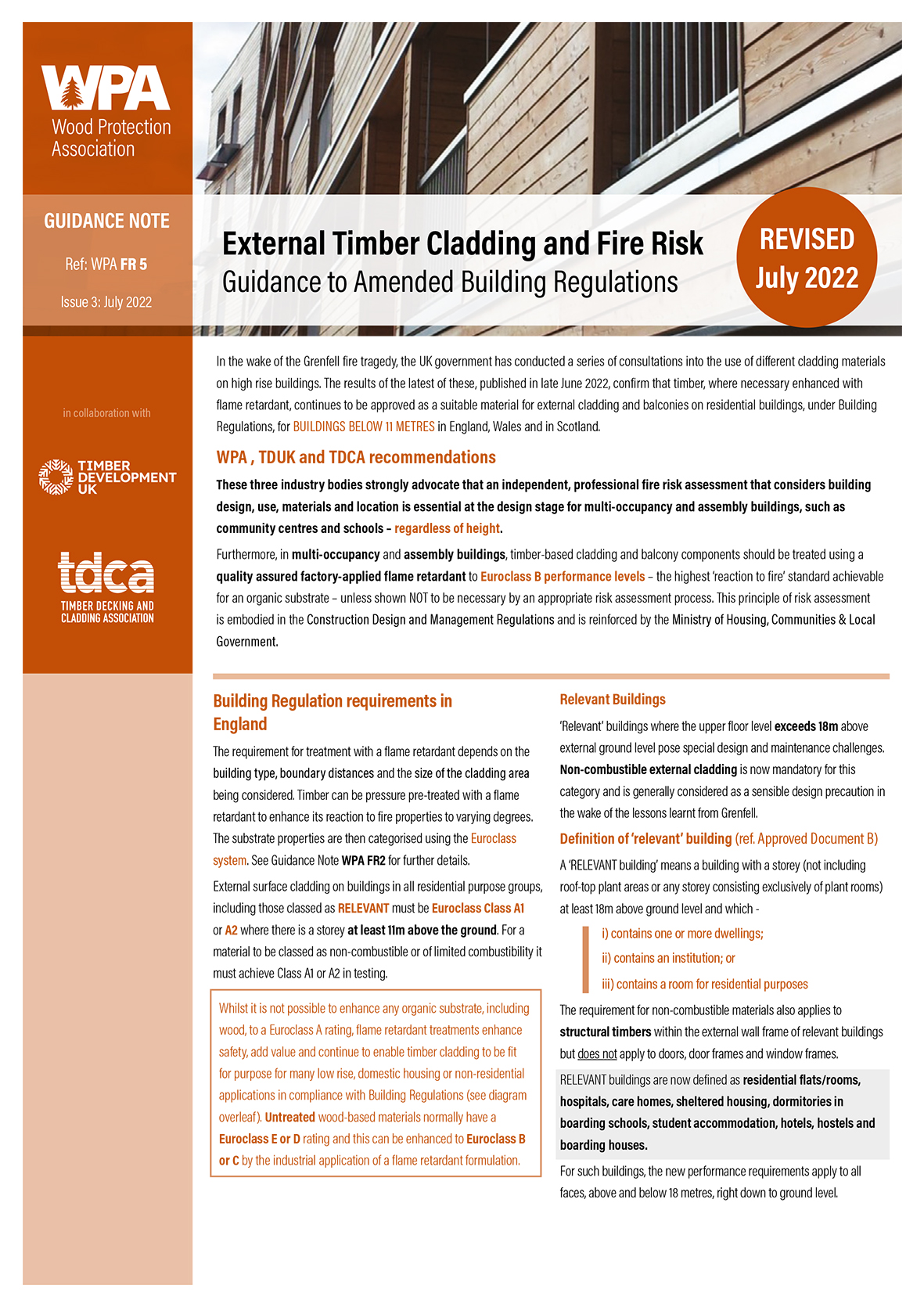
WPA, TTF & TDCA Guidance Note: FR5
External Timber Cladding and Fire Risk - Guidance to Amended Building Regulations (July 2022), published by the Wood Protection Association (WPA) in collaboration with the Timber Development UK and supported by us (TDCA).
Industry statement on external timber cladding and fire risk
In all situations where Building Regulations stipulate a particular 'reaction to fire' performance level for materials on the external face of a multi-storey residential building, then those performance levels must be complied with.
However, Building Regulations guidance does not always stipulate a particular reaction to fire performance for cladding and/or balconies on buildings where the upper floor level is less than 18m above ground. Timber industry bodies - the WPA, TTF and the TDCA, strongly advocate that an independent, professional fire risk assessment that considers building design, use, materials and location is essential at the design stage for multi-occupancy and assembly buildings, such as community centres and schools – regardless of height.
Furthermore, in multi-occupancy and assembly buildings, timber-based cladding and balcony components should be treated using a quality assured factory-applied flame retardant to Euroclass B performance levels – the highest ‘reaction to fire’ standard achievable for an organic substrate – unless shown NOT to be necessary by an appropriate risk assessment process. This principle of risk assessment is embodied in the Construction Design and Management Regulations and is reinforced by the Ministry of Housing, Communities & Local Government.
Timber remains an excellent material for manufacture and construction, but risk assessment, specification and detailing are paramount to ensuring safety whatever the build method.
Cladding Compliance Toolkit
RISCAuthority is an annually funded research scheme administered by the Fire Protection Association and supported by a significant group of UK insurers. They publish extensive guides and recommendations for risk management in the areas of fire and security.
Their Cladding Compliance Toolkit is designed to provide a simplified overview of the fire performance requirements of external cladding systems (including Rainscreen and ETICS type cladding, but not curtain walling).
It consists of downloadable flowcharts for England, N Ireland, Scotland and Wales with signposts to additional resources.
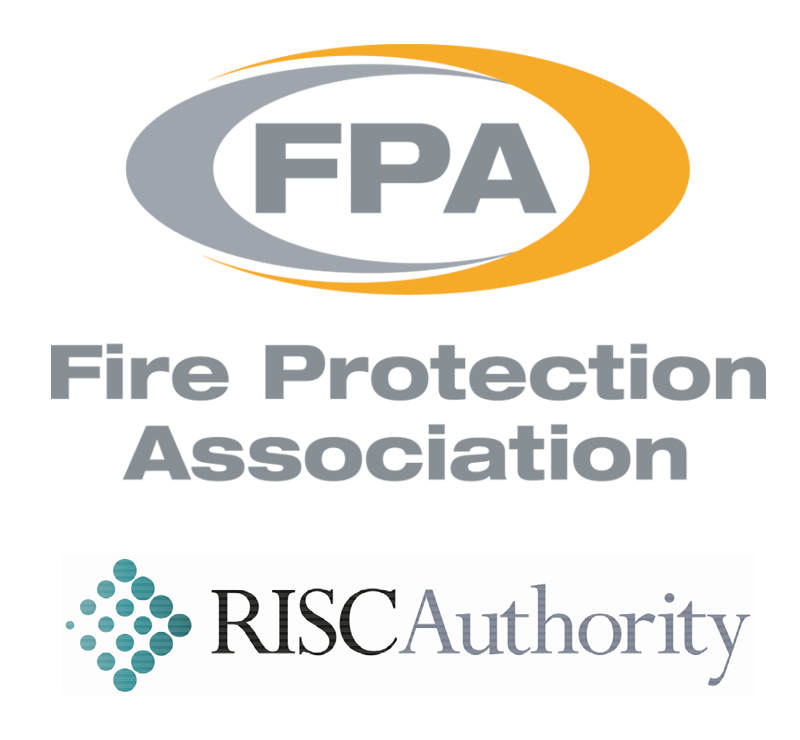
Find out more at a dedicated Fire Safety website
Timber Fire Safety